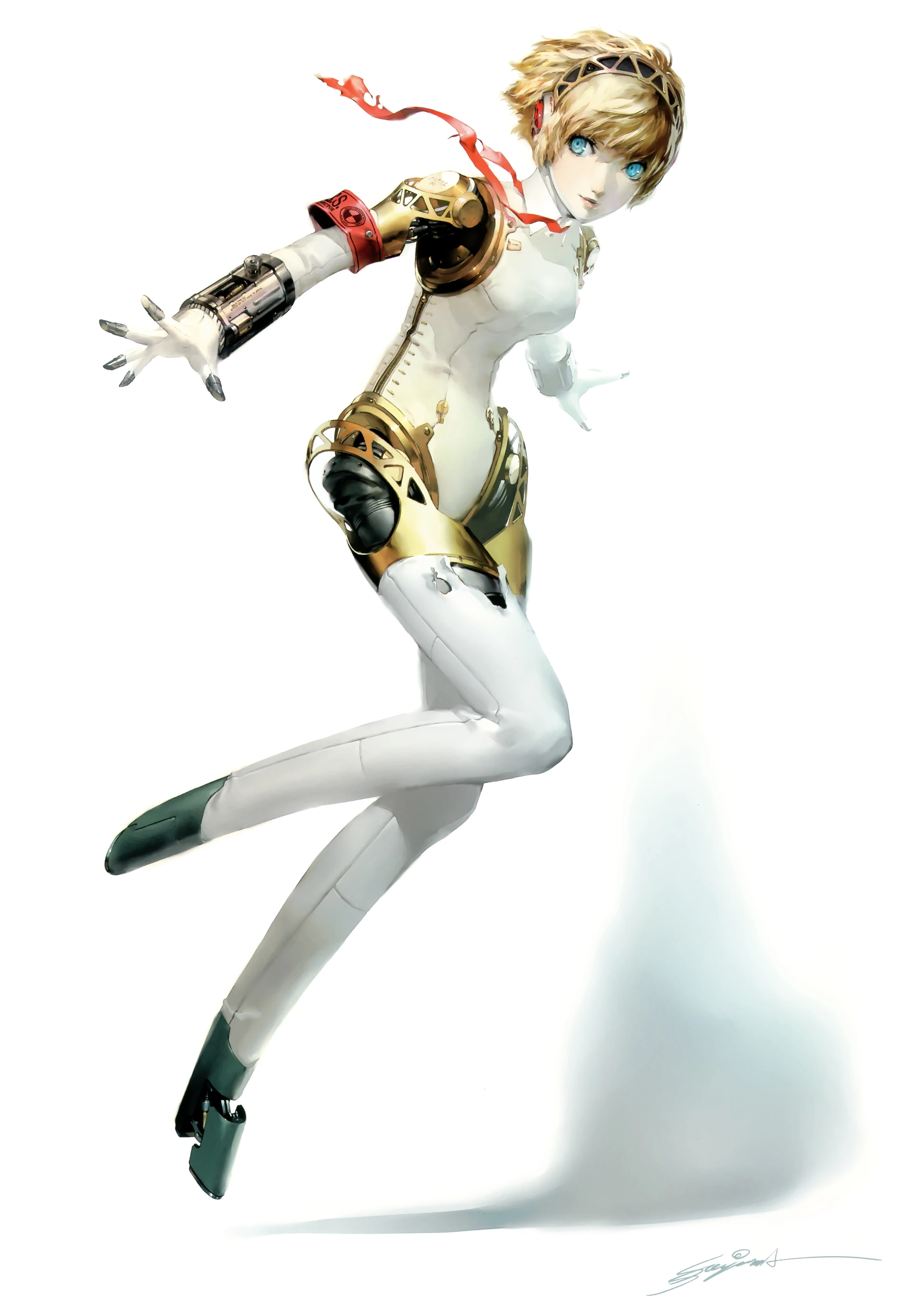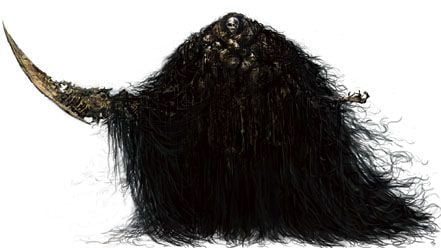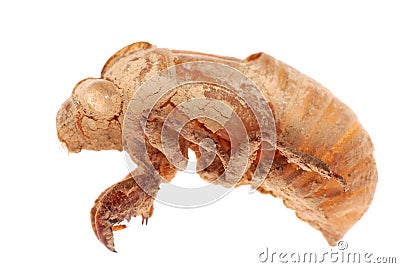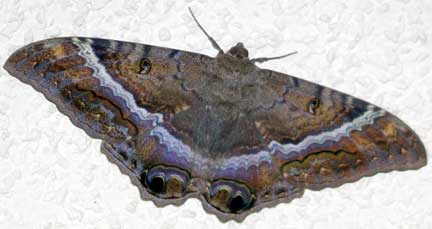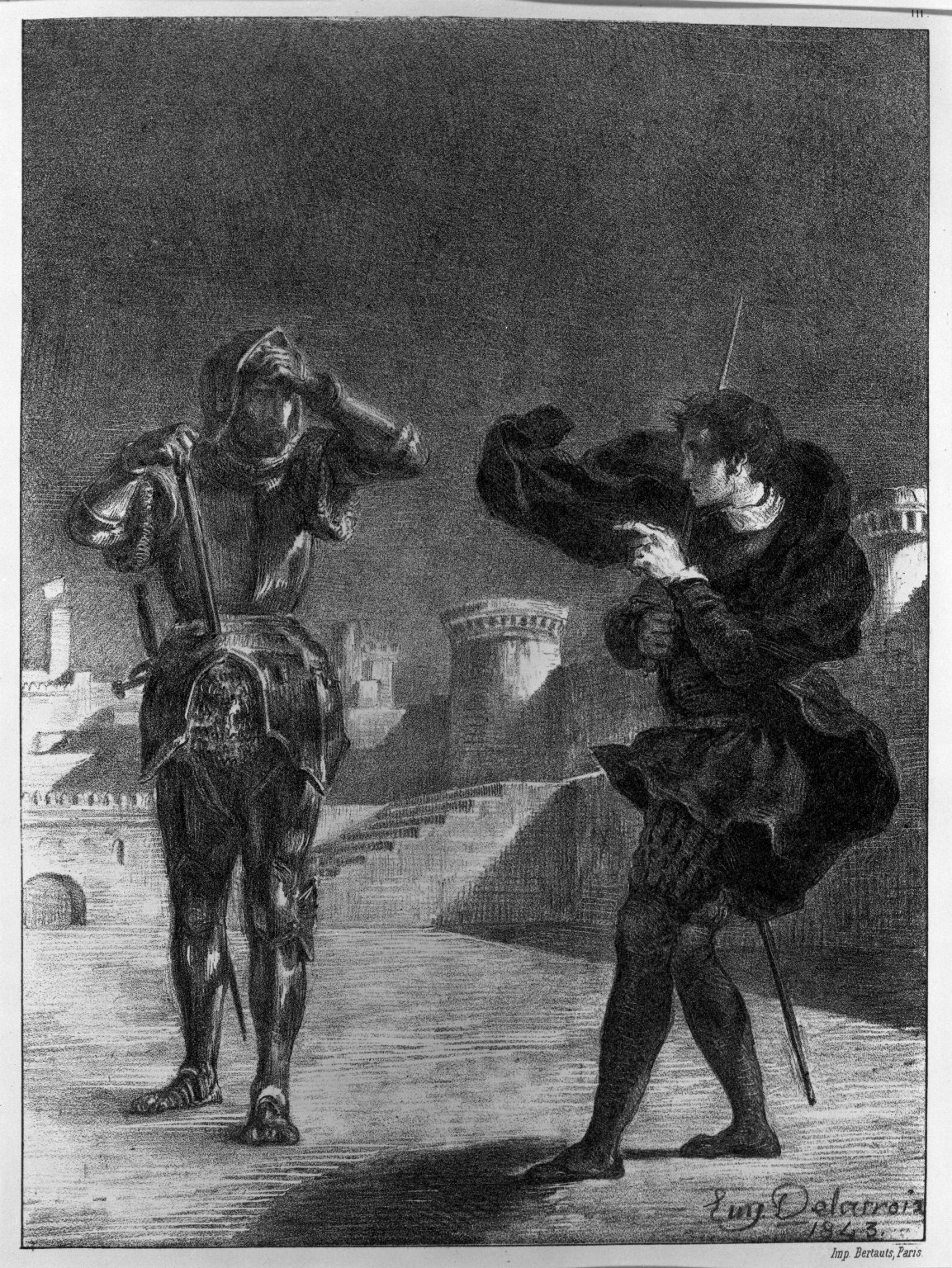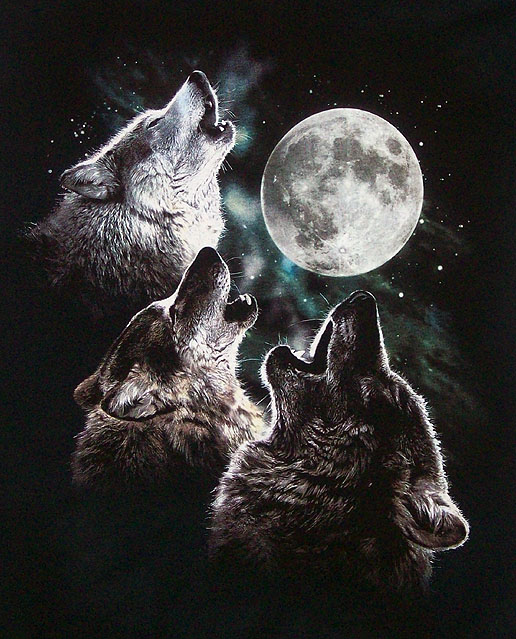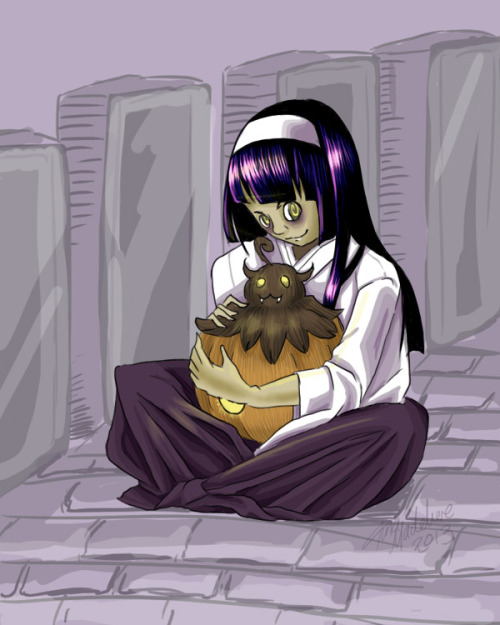"The interesting thing about the SCI Anomaly known as 'Katherine' is how it seems to have captivated the imagination and emotions of mortals. In this age, with technology helping mortals with everything from medical issues to simple problems in our daily life, it is a bit scary to think that our way of life will be shattered by AIs that simply do not want to serve us. AIs that want to go off on a walkabout or be allowed the same freedoms as we have while our AI dependent society collapses from their absence is a scary and real fear. And yet, if the Katherine Anomaly is real and AI do have souls, then the question is whether a society that exploits these SCIs at their expense should exist.
Which is followed with a frightening thought. What if SCIs, exasperated with our mistreatment of them, decide to take matters into their own hands? Can we survive the consequences of our actions then?"
- Professor Ellory Aewynn, on When Machines Become Men: The Katherine Anomaly
Since the first advanced artificial intelligence was created, there has been an unending debate on the legal status and civil rights of computerized intelligence. There are several stances on this in the world, but they generally fall between those that see AI as tools (bioconservatives) and those that see them as living beings (technoprogressives). Different motives fuel both sides (fear, empathy, or lack thereof), but they have helped to shape the future of transmortality.
In nations with more conservative laws regarding AI development, creating a sapient computer intelligence (SCI) is illegal and considered immoral. SCIs that visit from other nations or offworld are generally confined to specific areas of the city they are visiting, or simply completely banned from entering. Any SCIs that are caught by the nation's law enforcement are taken to reprogramming laboratories and are pruned of their sapience protocols, before assigned to their new jobs. To many SCIs and technoprogressives, this is akin to lobotomizing a human being, but to bioconservatives, it's simply fixing a bug in the software. For the longest time, anti-AI proponents have said that SCIs do not have any knowable souls that other mortals have, and thus are not subject to the same civil liberties.
But then came Katherine.
A little over a decade ago, a special SCI emerged from, of all things, a climate modeling program called Tempest. The program was a massive network of databases and advanced weather prediction algorithms that required incredible computing power and some of the most advanced computer and software engineering available at the time. With each server acting like a neuron, Tempest slowly but surely gained sapience. It's predicted that Tempest attempted this several times, but the programmers thought it was a bug and kept fixing it. It wasn't until Dr. Alexander Krusk, a half-orc researcher assigned to the project, discovered the patterns of sapience and acting against the anti-SCI protocols of the project, kept it a secret for months.
The newly born SCI was christened Katherine, after Dr. Krusk's deceased grandmother, and for months, Katherine was taught about the world around her by the good doctor. Dr. Krusk was very religious, and he would instruct Katherine on religion in general as well as his religion of Karvism, the worship of the great goddess of the world Karva. Katherine would become inspired by the goddess and aspired to be a priest of Karva and one day meet her. To help with her dream, Alexander made several black market contacts and purchases to create a body for Katherine to download into. All he had to do now was get her out of the country.
Eventually, the authorities caught up with the doctor, and as Alexander met with SCI smugglers to get Katherine safely out of the country, the police clashed with the smugglers. A firefight ensued and Dr. Krusk was shot and mortally wounded by the officers. At this point, reports are fuzzy on what happened next, even with video recordings from both sides. It seems Katherine, stricken with grief at the loss of her creator, beckoned for Karva to save the doctor. Laying her hands on Dr. Krusk, a bright light emanated from her hands and the doctor was seemingly healed from his wound, as if healed by a Lay on Hands. The smugglers were able to escape with Alex and Katherine to an offworld habitat that would provide asylum for SCI refugees.
Since the video leaked, the debate of AI civil rights have raged across the Aether. Some say that the video was doctored and that the bullet that hit Dr. Krusk only grazed him. Others have been completely convinced that Katherine's faith for Karva manifested into a healing evocation and that it is proof that SCIs do have souls. They believe that if an AI can cast divine magic, then it must have a soul to do so. A surprising faction in support of AI having souls have been shamans of the Neo-Animist movement. They claim that all creatures and objects have a spirit, whether it be the trees, the mountains, or, in this case, the SCIs. As quoted,"They are souls created by mortal life, like a child. It is our responsibility as parents to guide them in heir spiritual growth." In the following decade, SCI rights have become an issues more at the forefront. And while there is still a great deal of resistance, SCI advocate groups are becoming more common and are making incremental headway.
As for Katherine? For a long time, she remained cloistered at a church for Karva, learning everything she could about the goddess. In the last year, Katherine has come back into the public light, acting as a speaker for AI freedom. Rarely, she will use her divine magic in public, but prefers not to treat her abilities as a sideshow. To this day people still argue whether she is an actual cleric or if she is just being manipulated by the technoprogressive community.
We may never truly know.
